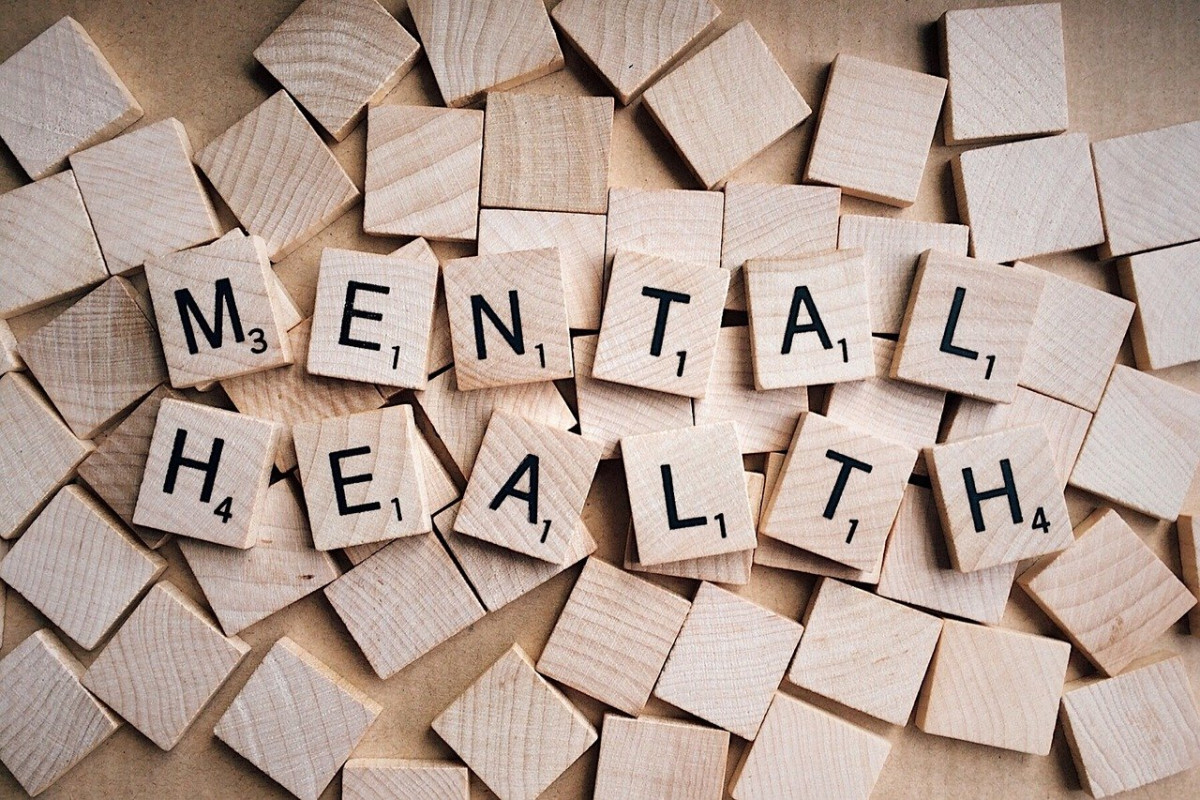By Joseph Griffin
Since 2014, the Maryland’s Department of Health has surveyed middle and high schooler students in a comprehensive “Youth Risk Behavior Survey,” asking them about their physical, social, and mental health. The most recent survey, in the 2018-2019 school year, found that up to 12 months before the survey was administered, 32% of students said they felt sad or hopeless almost every day for more than two weeks in a row.
More specifically, 31% of students who identified as Black felt this way. In two other questions, 17.8% of students who identified as Black said that they seriously considered attempting suicide and made a plan of how they would attempt suicide. In comparison, 13.8% of students who identified as White made the plan for their potential suicide.
A study found in the U.S. National Library of Medicine found that “The majority of suicides worldwide are related to psychiatric diseases,” and that “mental disorders significantly add to unnatural causes of death compared to the general population.”
This second statistic isn’t the only example of Black disparities demonstrated in the mental health community, and for good reason. The nonprofit Mental Health America notes the idea that the “Black and African American experience in America has and continues to be characterized by trauma and violence more often than for their White counterparts and impacts emotional and mental health of both youth and adults.”
These factors are something that Tiffany Calendar Erbelding explained to me, as I interviewed her as a member of the Horizon Foundation, an organization in Maryland dedicated to helping students in the Howard County area take care of their mental health.
“When we were considering this area of work for ourselves, we were really touched by a NAMI (National Alliance on Mental Health) statistic, which says that on average there’s an 8- to 10-year gap in between when someone shows a need for mental health support and when that need is actually met.”
Erbelding explained that upon learning about that statistic, rather than just providing help to those who sought it, the Horizon Foundation brought the support to those in need. They identified places like schools, hospitals, and places of worship, and provided the opportunity for youth to receive professional mental health counseling.
She highlighted the importance of not just making help available, but also accessible. Another thing that we can do as a youth community to start breaking down the stigma by learning how to help those with mental illnesses find help. Along with the work that is done in person, Horizon foundation created supporthuman.com, a website that provides more resources to those in need, but also provides several articles on how to provide help to those who need it.
Erbelding stressed the importance of reaching out and advocating for those in need.
“There are people in all of our circles— in your circle, in my circle, people that are our ‘tribe’, people we care about. We can be supports and normalize that message and the conversation for them and with them.”
